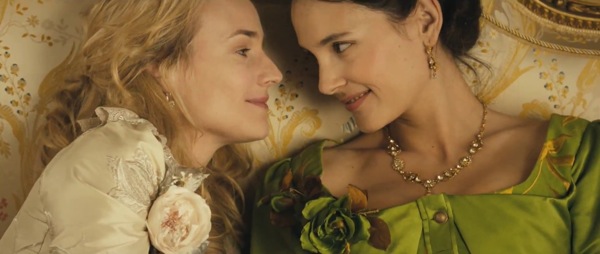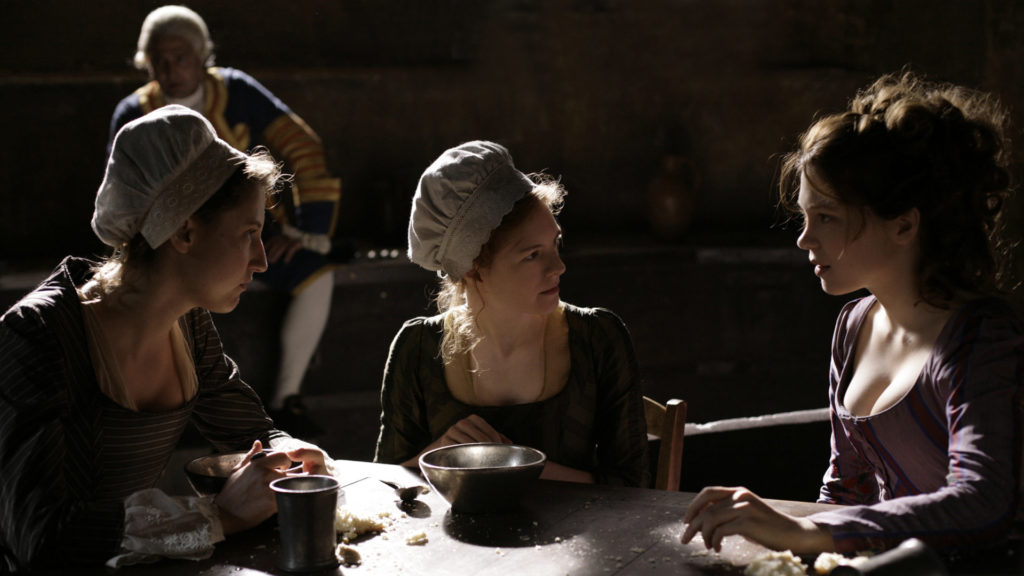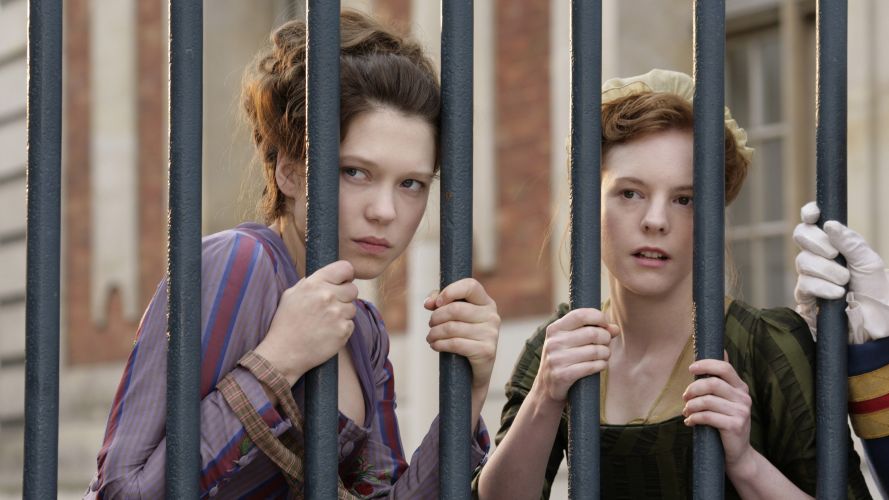Farewell, My Queen
The end of an era

It’s curious how an important event like the French Revolution is full of facts and fantasies that continue attracting the attention of the public to this day – and certainly still many more remain to be discovered. One of these facts or fantasies is shown in “Farewell, My Queen” (“Les adieux à la reine”, FRA, 2012), film directed by Benoît Jaquot.
If there is one event that caused a major break in the history of the world, it was certainly the French Revolution, which ended with a dynasty of absolutist royalty, and had a frightening worldwide spread – at a time when communications were infinitely inferior to what they are today.
The French Revolution was not limited only to the taking of the Bastille, as many believe. In fact, it was a period of turmoil that lasted for decades, with revolutions and counter-revolutions, in a period of semianarchy, where no one understood well what was happening.

This state of confusion is what was shown in “Farewell, My Queen”, where the story is seen from the optics of Sidonie Laborde (Léa Seydoux), a humble maid of the palace of Versailles. Sidonie, besides having a great skill in embroidery, was also literate – a rare condition at the time – and had the honor of being a reader of Queen Marie Antoinette (Diane Kruger).
If the atmosphere was already tense with the constant popular demonstrations against the Crown, everyone in Versailles was stunned by the news coming from Paris, stating that the Bastille, a royal prison, had been invaded by the people.
Versailles, the residence of the French royal family, with more than 700 rooms, was occupied by the nobility that revolved around the King and Queen, as well as an entire army of servants who kept the structure running.

But one of the queen’s greatest needs was Yolande Martine Gabrielle de Polastron (Virginie Ledoyen), the Countess of Polignac. The influential friend of Marie Antoinette occupied the lucrative position of “Superintendent of the Queen’s House”, pompous name for the organization of the pleasures of the sovereign, function not always exercised in an ethical way.
The friendship between the two was so close that it sparked rumors that they had a homosexual relationship, an aspect that is also hinted at in the film.

Sidonie, in turn, was completely devoted to the Queen, and was divided between the affliction for the sovereign’s uncertain future, and jealousy for her intimacy with the Countess. When the situation deteriorates, Sidonie will be chosen to be Gabrielle’s salvation, even if it means putting her own life at risk.
Jaquot’s film managed to masterfully show this important moment of transition of the French history, in addition to exposing a little-known historical character, mixing real events with a fictional plot.

The homosexual approach is vague, although it intentionally leaves the viewer in doubt whether there was a loving relationship between the Queen and Gabrielle, or even about Sidonie’s feelings toward the sovereign.
If there is historical truth in the rumors about the debauchery of Marie Antoinette, this is hard to say, because history is always written by the winners, who did not have the slightest intention of softening any aspect that could turn the Queen’s image into a monster.

“Farewell, My Queen” is a very well-made film, with great recreation of the time, almost totally filmed at Versailles, and that gives us a brief idea of the chaos that would have been this very important moment in the history of humanity.
This film won the Golden Bear at the Berlin Film Festival and won three César Awards, the French Academy Award in the categories Photography, Costume design and Art Direction, plus seven more nominations.






